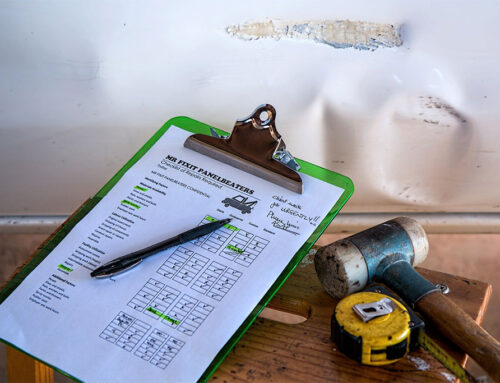Uninsured/underinsured motorist coverage is one of the most important types of coverage you should have on your car insurance policy. The benefit in carrying it far outweighs its cost. It costs just a few extra dollars monthly on your premium and it protects you if you are involved in an accident with a driver who does not have car (liability) insurance or with a driver who does have car insurance but is underinsured.
As a personal injury lawyer practicing for many years, I’ve seen it time and time again where my clients who have been injured in a car accident don’t have uninsured/underinsured motorist coverage and they are left at a significant financial disadvantage. And, I really do mean “significant disadvantage.”
I’ve also recommended uninsured/underinsured motorist coverage to my family and friends. On one occasion, after taking my advice and adding it to their car insurance policy, one of my friends was involved in a car accident caused by a driver who didn’t have car insurance. His insurance company stepped in and paid for his medical bills.
The Three Types of Uninsured/Underinsured Coverage
It’s mandated that an insurance company offers uninsured/underinsured motorist coverage. However, you’re not obliged to buy it and, if that’s your choice, you have to sign a waiver. There are three types of uninsured/underinsured coverage:
- Uninsured motorist bodily injury (UMBI) – Covers your injuries and injuries to people in your car. The uninsured driver must be at fault. The limits equal your liability coverage limits
- Underinsured motorist (UIM): Covers your injuries (limited costs) when the driver doesn’t have enough coverage to pay for them
- Uninsured motorist property damage (UMPD): Covers your car damage when an identified driver is uninsured and at fault (limit: $3,500). If you carry collision damage, you may not need UMPD
Why You Need Uninsured Motorist/Underinsured Motorist Coverage
Let’s say that you are injured in a car accident and your medical bills exceed $15,000 (the minimum liability coverage which, by law, is the minimum insurance limit for a standard car insurance policy). If you don’t have uninsured/underinsured motorist coverage and the driver who caused your injuries does not have car insurance, then you won’t be able to recover anything financially for your pain and suffering.
You could sue the driver and hope to collect on your judgment but it’s likely you’ll never receive any compensation.
Another example.
Let’s say that the person who injured you in an auto accident only had the minimum amount of coverage required in the state of California ($15,000). In this situation, if you had added uninsured motorist coverage on your insurance policy, it would have included underinsured motorist coverage. In this case, your insurance company would receive a credit of the $15,000 and would pay an additional amount up to the amount of coverage you are paying for with your policy.
So, if you have $30,000 underinsured motorist coverage, the driver who injures you only has $15,000 coverage, and your injuries exceed the $15,000 coverage, then your insurance company would pay up to an additional $15,000 (since your insurance would receive a credit of $15,000 ($30,000 minus $15,000) depending on the severity of your injuries.
So, as we’ve illustrated, not only is it imperative that you add uninsured/underinsured motorist coverage to your policy but increase the coverage to the highest amount that you can afford on a monthly basis.
If you would like me to review your insurance policy, give me a call. It’s free and I’m happy to advise you.


